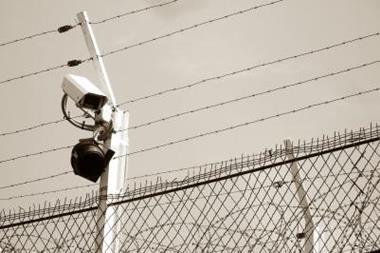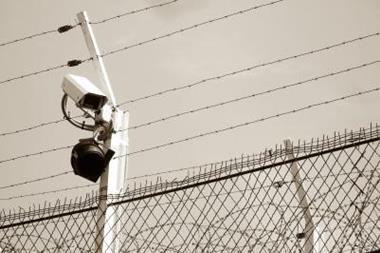Charlie Sherlock, CEO at Cinario discusses how a company can proactively manage its risk profile
Risk profiling has become part and parcel of business in the 21st century. In its simplest form, it is an overview of the likelihood of future risks occurring in your core business. Unlike a silhouetted profile that only gives a 2D perspective, companies need 360 degree visibility when it comes to fully identifying and managing their risk profile.
The simplicity of a risk profile is its greatest asset. The ability to represent the full spectrum of an organisation’s risks at a single glance makes it a powerful communication tool. To keep it simple, the probability and the impact of risks are the two most important factors to consider when assessing your risk levels and deciding what action to take.
Businesses are constantly bombarded by issues that affect their risk profile. Regulation and compliance risks are often top of the list for retailers, with KPIs and security always requiring constant attention. Companies are also under pressure to remain green, in their efforts to reduce costs and loss in their operations. This, coupled with security threats of a cyber or physical nature, have meant that businesses have tried to draw more relevant information from existing systems, in the hope of learning more about risk.
“The ability to represent the full spectrum of an organisation's risks at a single glance makes it a powerful communication tool.
However, many have stumbled on a number of barriers when it comes to integrating this information. The main issue is often the lack of co-ordination between systems, since the best way to manage risks is usually to monitor everything from a central point. Most companies have a decentralised network of systems that don’t communicate with one another - as a result, businesses find it hard to keep up to date on operational activities, meaning that some critical activities are left incomplete or missed altogether. It also makes comparing important data from these systems harder, as there is no real intelligent reporting method in place to analyse operational activity.
The key to managing your risk profile is to identify any threats before they become serious. Businesses already have a good idea of threats they will face, whether it be data loss or physical damage by criminals. This advanced knowledge means that companies should already have in place business rules that pull the relevant data from a system for the relevant risk. So for the retailer this might mean collating the correct footage from CCTV for high threat level areas or reporting on incomplete KPIs to determine automated action or the relevant manager to action them. In contrast, for the corporate IT network this might mean monitoring intrusion activity by hackers or securing authorisation for sensitive data access.
This insight should help companies to create a proactive system that automatically responds to growing threats and ensures sector compliance. Intelligent IT gives companies the tools needed to manage their risk profile, but they can only get the best out of these systems if they are integrated through centralised monitoring.




















No comments yet